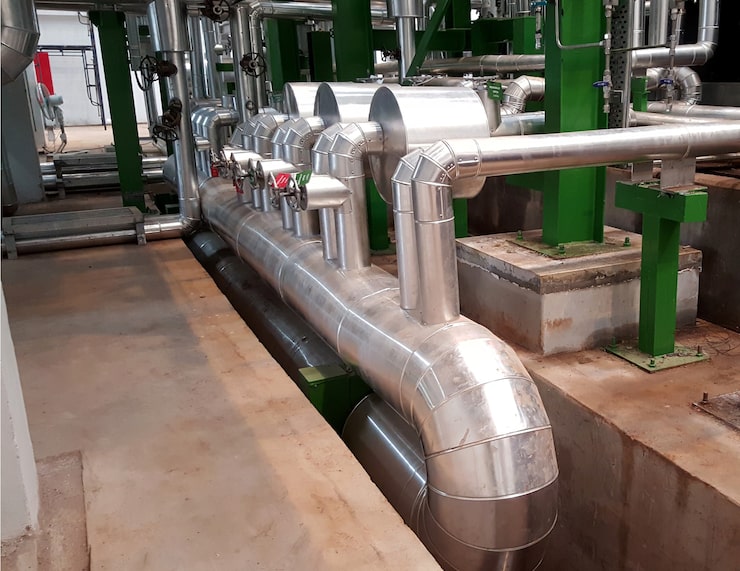When designing or upgrading a plumbing system, one of the most critical considerations is selecting a pipe material that resists bursting under pressure, temperature fluctuations, and environmental stress. Burst pipes can cause extensive property damage, water waste, and costly repairs. This leads many homeowners, contractors, and commercial builders to ask the question: what pipe is least likely to burst?
Answering this question involves examining the durability, flexibility, thermal resistance, and pressure tolerance of various common pipe materials used in residential and commercial plumbing. This article will analyze the top contenders, compare their properties, and ultimately highlight which type of pipe offers the highest burst resistance, based on technical performance and real-world application.

Among the many types of pipes available today, cross-linked polyethylene or PEX stands out as the material least likely to burst under most typical usage conditions. PEX pipes are made from high-density polyethylene that has undergone a cross-linking process to improve its structural integrity and resistance to heat, pressure, and chemical exposure. This cross-linking gives PEX pipes superior flexibility and toughness, making them highly resistant to cracking or splitting, even in freezing temperatures.
One of the key reasons PEX is so resistant to bursting is its ability to expand and contract. In cold weather, when water inside a pipe begins to freeze and expand, rigid materials such as copper or PVC are more likely to split or burst under pressure. PEX, on the other hand, can stretch to accommodate the expansion of ice and then return to its original shape once the water thaws. This flexibility significantly reduces the risk of rupture during winter months and makes PEX especially popular in cold climates.
In comparison, copper pipes, although widely used for decades due to their longevity and antibacterial properties, are more rigid and prone to bursting in freeze-thaw cycles. They are durable under high pressures and heat but are not flexible, which makes them vulnerable in situations where pipes are exposed to freezing temperatures or sudden pressure surges.
PVC (polyvinyl chloride) and CPVC (chlorinated polyvinyl chloride) pipes are lightweight and cost-effective, commonly used for cold and hot water delivery respectively. However, both materials are brittle compared to PEX and copper. PVC can become especially fragile in low temperatures, and CPVC, though better at handling heat, also lacks flexibility. When exposed to freezing conditions or high-pressure spikes, these pipes have a greater risk of cracking or bursting.
Galvanized steel pipes, which were once the standard in older plumbing systems, are highly prone to corrosion over time. As rust builds up inside the pipe, it restricts water flow and weakens the pipe walls, increasing the likelihood of bursting under pressure. Moreover, galvanized steel is heavy and difficult to install, and it does not handle thermal expansion or contraction well.
HDPE (high-density polyethylene) pipes are another robust option used in both residential and industrial settings. Similar to PEX, HDPE is flexible, corrosion-resistant, and performs well under a range of temperatures. It’s commonly used in underground water lines and for large-scale infrastructure. However, it’s less common in standard home plumbing systems due to size and installation complexity.
Returning to PEX, its ability to withstand high pressure (typically up to 160 psi at 73°F), endure hot water applications (up to 200°F), and survive freezing conditions gives it a well-rounded performance profile. Furthermore, PEX does not corrode or scale, unlike metal pipes, which enhances long-term reliability. Modern PEX piping systems also use fewer fittings, which reduces potential leak points and contributes to system resilience.
From a cost perspective, PEX is also competitively priced, and its ease of installation—thanks to its flexibility and ability to be bent around corners—means fewer joints and a lower risk of installation-related stress points that could lead to failure.
It’s important to note, however, that while PEX is highly resistant to bursting, no pipe material is completely immune to damage. Improper installation, excessive exposure to UV light, or physical trauma can still lead to failure in any piping system. To maximize burst resistance and performance, proper installation techniques, insulation in vulnerable areas, and adherence to local building codes are all essential.
For builders and homeowners seeking the most burst-resistant pipe, especially in climates with cold winters or where reliability and low maintenance are priorities, PEX piping offers the best combination of flexibility, strength, and thermal resilience. Its performance in real-world applications has been proven in millions of installations across residential, commercial, and industrial settings.
In conclusion, PEX is the pipe least likely to burst under most conditions. Its material composition allows it to flex under pressure, absorb expansion from frozen water, and resist both corrosion and scaling. These properties make it an ideal choice for long-term water delivery systems where safety, durability, and peace of mind are essential. Whether you’re building a new home or replacing aging plumbing, choosing PEX piping can help ensure a more resilient and maintenance-friendly plumbing system.


